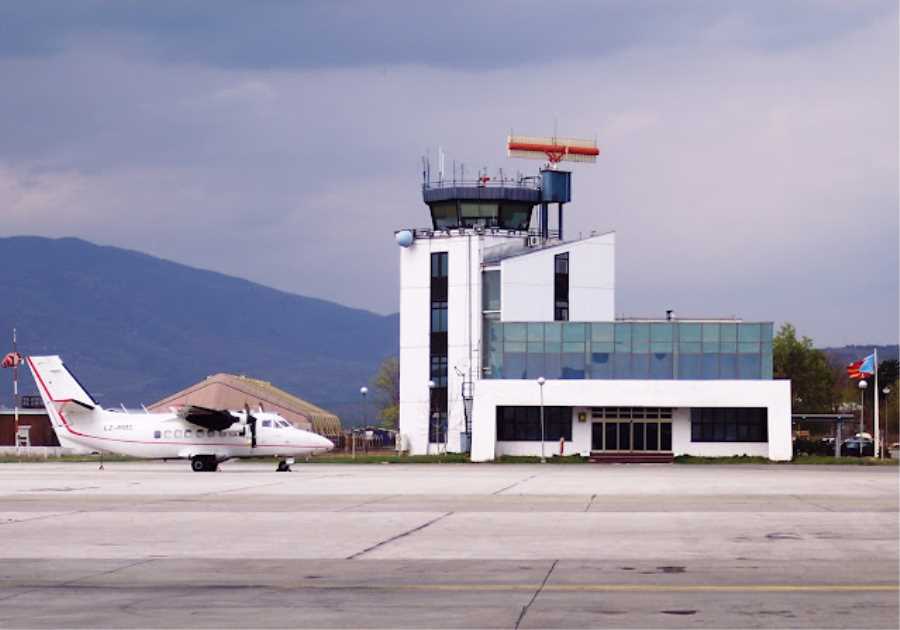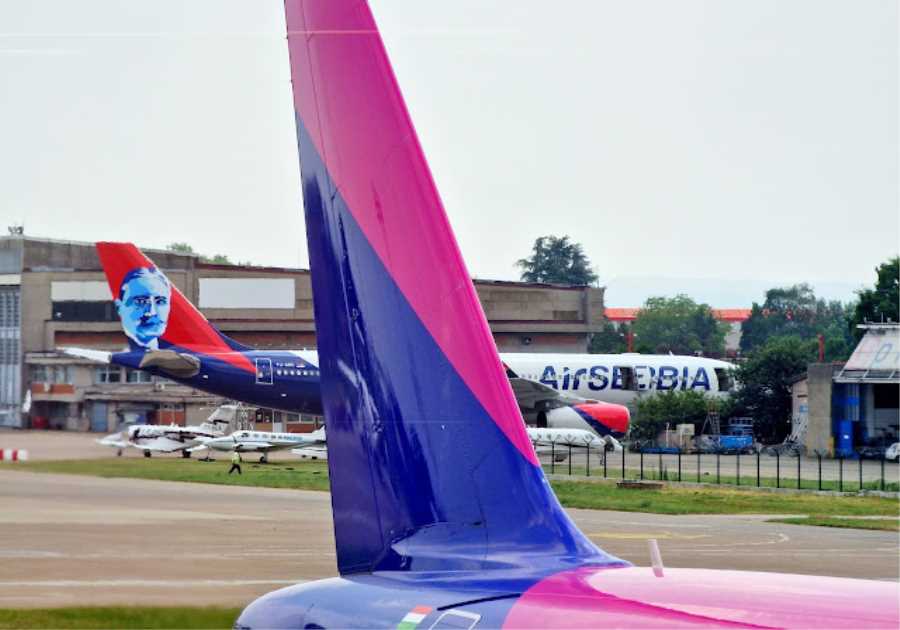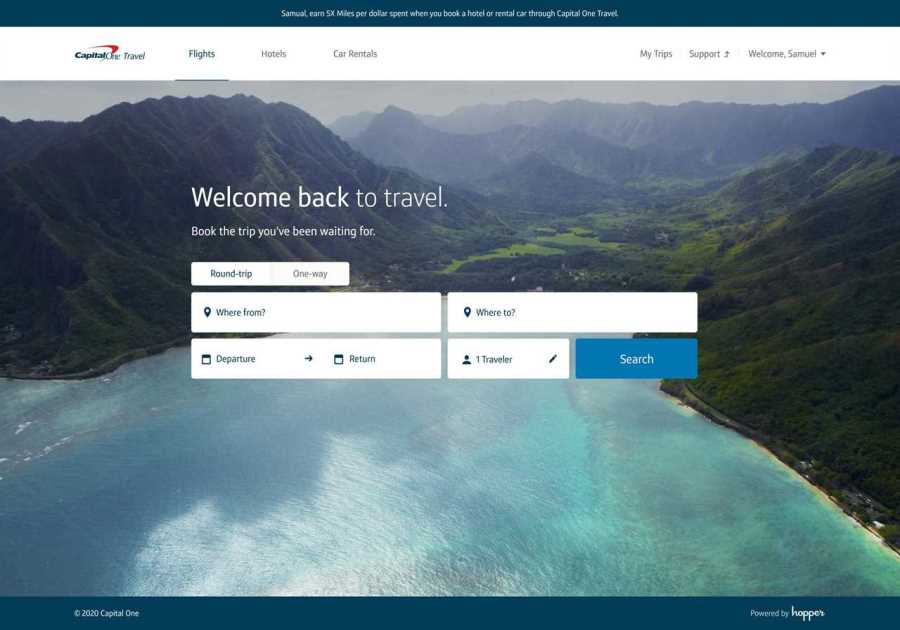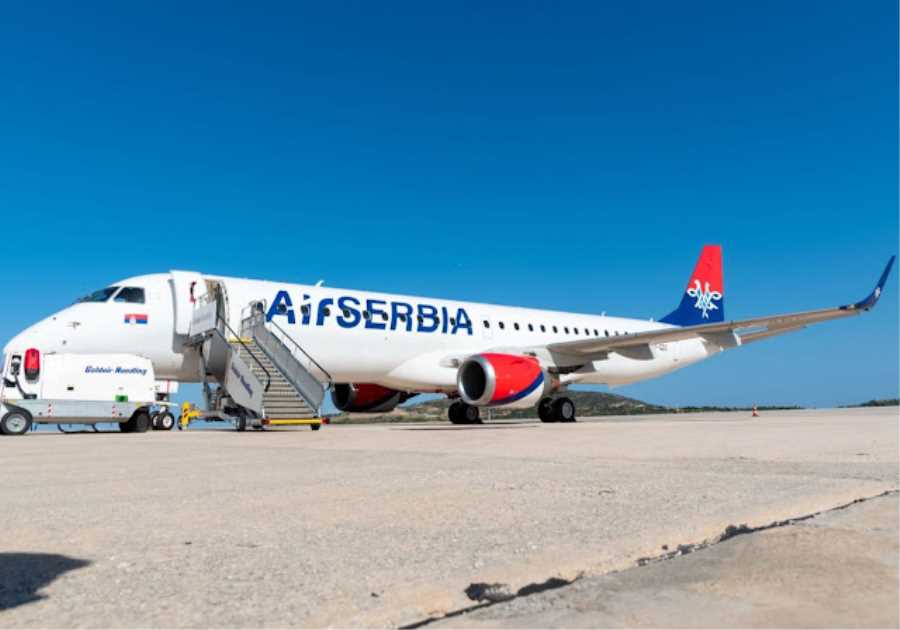HOSTED BY: 1 AIR TRAVEL
A widespread blizzard in December, perfectly timed to wreak havoc as millions hit the road for the holidays, led to thousands of canceled and delayed flights around the country.
Within a couple of days, most airlines had gotten back on their feet, brushed the snow off their wings and had things moving again.
Not Southwest Airlines.
Want more airline-specific news? Sign up for TPG’s free biweekly Aviation newsletter.
The airline’s operation collapsed under the weight of the snow as the blizzard laid bare the vulnerability of Southwest’s investment decisions over the past decades. The airline, a normally effective low-cost carrier, tried to walk a narrow line between investing enough in its overall infrastructure to keep the operation reliable and keeping costs low enough to remain profitable, continue expanding and keep fares lower than competitors.
With millions of Americans stranded as the airline canceled most of its flights for days after the storm passed, it became clear that the airline had misstepped somewhere along the way.
Six months on, the airline has seen its bottom line impacted as customers chose other airlines. It also paid out hundreds of millions of dollars to cover its stranded passengers’ expenses related to the collapse.
However, executives at Southwest, who now openly acknowledge that the episode was a systemic failure after euphemistically referring to the “incident” in the weeks following it, say that those customers are coming back. They also say the airline is trying to prove that it’s making the necessary changes to prevent another similar meltdown.
During an exclusive interview aboard a chartered Southwest flight from Long Beach, California, to Honolulu earlier this spring on the airline’s new Hawaii-themed 737 MAX, TPG spoke with three top airline executives, including CEO Bob Jordan. We discussed the airline’s response to the meltdown, its plans to prevent another one and how it plans to earn back customers’ trust.
Preventing another collapse
Southwest has broadly laid out plans to prevent another episode in recent months, including at investor events, at congressional hearings and during earnings calls.
To tackle one of the biggest points of failure from the winter, chief operating officer Andrew Watterson told TPG the airline is investing in new tools for the department that manages its crew member schedules. During the holiday collapse, pilots and flight attendants — left stranded out of position due to delayed and canceled flights — could not reach crew scheduling for hours to be reassigned to a different flight.
Staffing in the crew scheduling department, CEO Bob Jordan insisted, was not the primary issue that led to the communication breakdown.
Southwest CEO Bob Jordan, center, and chief operating officer Andrew Watterson, left. DAVID SLOTNICK/THE POINTS GUY
“You could never be staffed to that level [to manage a crisis of this scale by phone],” Jordan said. “We needed to put in place electronic communication and acknowledgment with our crews, which is what we’re working on now.”
The new upgraded system, which Watterson said is still being finalized and introduced, lets crew members and schedulers communicate and arrange changes electronically, among other improvements and automation.
Jordan added that pilots and flight attendants generally “shouldn’t have to call in the first place” when operational disruptions leave them out of position.
The airline has already made multiple upgrades to its crew scheduling software, including “this specific issue of it being able to technically handle these large-scale problems,” Jordan said. The airline has made additional upgrades to the phone systems for unusual problems that can’t be solved electronically, he added.
“There’s work to do, though,” Jordan said, particularly working with employees and their unions to roll out the new tools and procedures associated with them.
Meanwhile, the airline’s leaders are addressing other issues, too.
Despite the storm being forecasted several days ahead of time, the airline could not muster enough de-icing staff and equipment to keep planes moving, particularly in its Denver focus city. Noting the wintry conditions during the holidays, some employees called out sick, marginally contributing to an already significant staffing challenge.
Along with hiring and training more deicers, Jordan said the airline was buying new equipment and building infrastructure to manage winter storms.
“Having enough deicing trucks, deicing pads, the right deicing software that provides holdover times, and in some cases, the right level of deicing personnel” is a key focus, he said. “That’s really where we were short-staffed.”
“Overall, we’re very well staffed,” he added. “We have the most employees per aircraft we’ve ever had,” he added.
Southwest has said it will spend $1.3 billion in upgrades to its infrastructure this year, a figure Jordan confirmed. He also noted that while the airline might normally spend near that figure on improvements and system maintenance in a given year, spending this year is wholly focused on operational reliability.
Earning back trust and doing business with business
As Southwest looks to grow its fleet, replace older aircraft and fully rebuild its pre-pandemic network, its top focus this year is instead on keeping its operation performing well.
“When you have an issue like December, it’s going to take a long time for that memory to fade,” Jordan said. “We’ve got to operate terrifically. We’ve got to have a great winter in 2023-2024.”
Along with keeping things reliable, the airline plans to continue making efforts to communicate those changes to customers.
While the airline is not exactly trying to draw ongoing attention to the meltdown — a bolstered social media presence is notable, along with sales, events and marketing campaigns — it plans to keep a landing website that acknowledges the episode and outlines its plans to fix things.
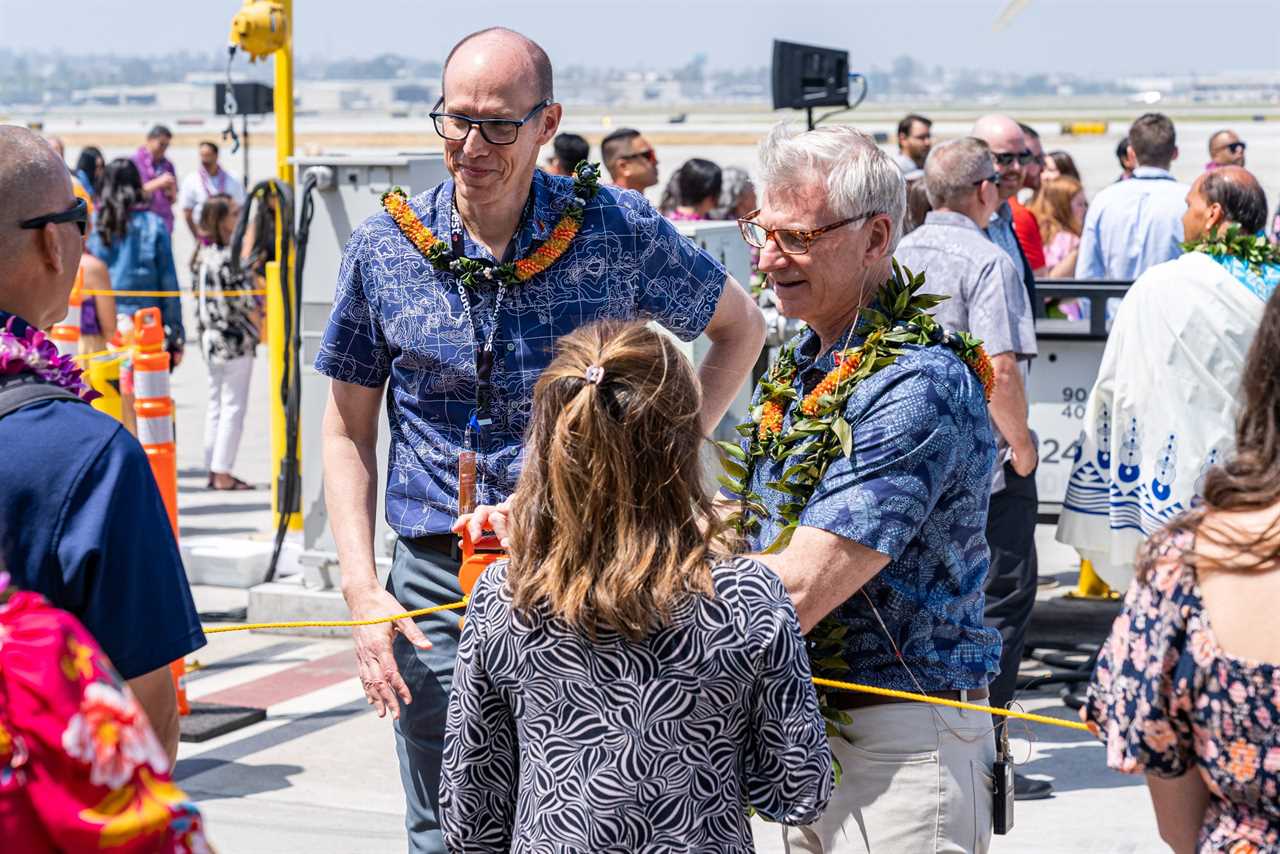
Southwest CEO Bob Jordan, right and COO Andrew Watterson greet employees at an event. DAVID SLOTNICK/THE POINTS GUY
On the other hand, for corporate customers who pay closer attention to the day-to-day of the airline industry, Southwest is taking a more direct approach.
“Some were very upset with us, rightfully so, so we had to repair brand and trust,” Dave Harvey, the airline’s chief sales officer, told TPG. “We brought a lot of [account managers] on site to headquarters to see our operations center and how we do things. And then they get it.”
During the 2023 Global Business Travel Association meeting, which will take place in Dallas in August, the airline plans an aggressive push to bring corporate travel managers and buyers to see its headquarters and operations center.
With corporate customers more conscious of the intricacies and nuances of how an airline works than the average consumer, the straightforward approach is especially helpful, Harvey said.
“We learned a lot, and yeah, we’ve got to accelerate things and get ready for the next winter season, and we just own up to that,” he said. “Let’s go walk up and talk to a crew scheduler that uses [the upgraded] software about what’s changed before and after.”
“What we want to do is kind of like a show-and-tell,” Harvey added. “We’re going to strategically pick what we think the most important elements are so people can kind of see it and interact with it. Some of our big accounts, we’ve been doing this on essentially a one-on-one basis.”
Corporate-managed travel has been a focus area for Southwest, dating back to just before the pandemic. The airline launched its Southwest Business team in 2019 and began selling tickets through several global distribution systems for the first time in 2020.
Although the airline previously had some business travelers, particularly from small and midsized companies, the airline rarely tapped the larger corporate travel pool.
One consequence of this is that as other airlines have seen business travel demand plateau well short of pre-pandemic levels, Southwest has plenty of room to grow since it’s essentially started from scratch among the bigger corporate accounts.
Despite “book-away” in the first few months of the year among both leisure and business travelers who avoided the airline in the wake of the meltdown, things improved in March, Harvey noted.
“We’re gaining share, we’re gaining new customers,” he said. “I’m still very optimistic about not only getting back to 2019 levels but continuing to grow from there.”
“We’re launching an entire new groups and meetings product,” Harvey said. “Especially for small-to-mid-size gatherings, that’s still really hot. And if you look at all the forecasts, it doesn’t look like that’s pulling off anytime soon.”
more positive responseSo far, there are indications that Southwest is getting better and managing its operation.
In April, Southwest experienced an IT glitch related to a firewall provided by a third-party vendor, forcing it to call a nationwide ground stop for nearly two hours.
While inconvenient — and poorly timed, given the recent memory of the holiday issue — the IT failure was not related to anything uniquely Southwest. Instead, it resembled the occasional system hiccups that every networked business experiences, including other airlines.
Coming during a busy weekday morning, though, the outage could have set off a cascade of delays and cancellations; this is especially because increasing numbers of pilots and flight attendants found themselves either stuck out of position for their schedule or coming up against their maximum duty hours.
In recent years, Southwest has handled events like this with a “hard reset” of its network, characterized by mass cancellations as it basically starts over from the beginning.

Southwest Airlines’ Network Operations Center in November, 2022 during a media tour. DAVID SLOTNICK/THE POINTS GUY
Instead, the airline decided to keep things going. According to Watterson, longtime airline executive Adam DeCaire, who recently took over as the head of the airline’s operations center, was able to liaise with crew scheduling and assess the network. He was able to decide that if the airline pushed, it could manage the day’s flights with only moderate delays and no impact spilling over into the next day.
It worked. While nearly 64% of the airline’s flights that day (2,640 flights) were delayed for an average of 45 minutes, only 18 were canceled — less than a half-percent, according to data from FlightAware. Things were mostly back to normal by the next day.
“I wish we hadn’t had a ground stop because that’s a big deal,” Jordan said. “And it’s a big headline. Part of what happened is accepting the fact that if we have an issue, people are going to relate it back to December.”
Jordan also pointed to the airline’s handling of a ground stop earlier this year caused by an FAA system failure.
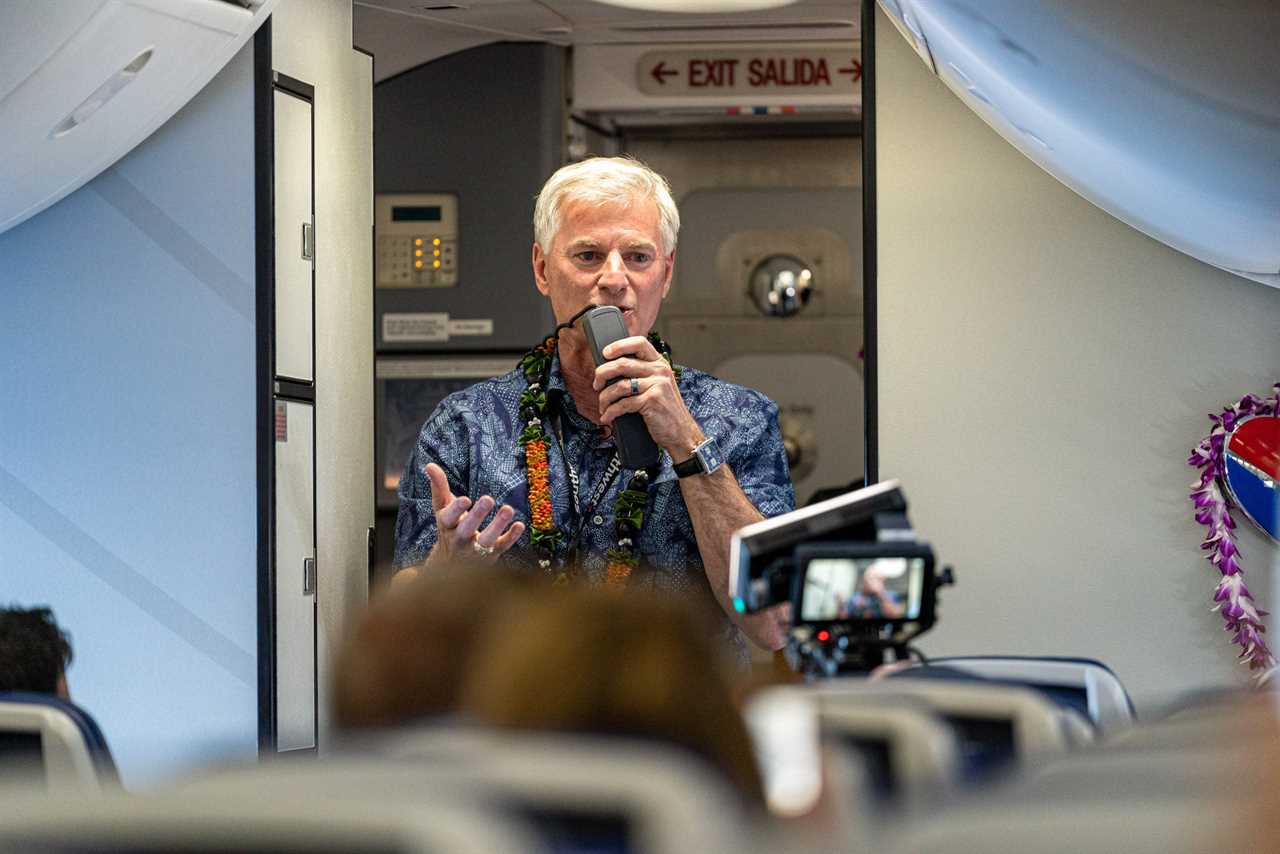
Southwest CEO Bob Jordan. DAVID SLOTNICK/THE POINTS GUY
“The techniques we use to recover, how to think about running the airline, canceling or not canceling flights, moving acres; we have learned a lot from the December disruption,” he said.
“That day [of the IT issue], we got 99.9% of our customers to their destinations and had a 99.6% completion factor,” Jordan added. “Now, we ran late, but no doubt we had lessons learned on how to manage large-scale issues, how to think about canceling flights, proactively moving crews — lessons learned in December have been absolutely helpful.”
Now, the busy summer travel season is officially underway, and many experts predict a turbulent period amid high demand, staffing shortages and occasional severe weather. So Southwest, like every other airline, has challenges ahead. But with the memory of the holiday meltdown still fresh, the stakes are arguably higher.
Only time will tell if the lessons learned from December and the subsequent upgrades can help keep Southwest from a similar episode. Regardless, it’s clear that last winter’s crisis was a defining moment for the airline going forward.
Title: Southwest has a plan to get back on track after holiday meltdown. Here’s what execs tell TPG
Sourced From: thepointsguy.com/news/southwest-ceo-interview-meltdown-fix/
Published Date: Mon, 05 Jun 2023 13:30:12 +0000


